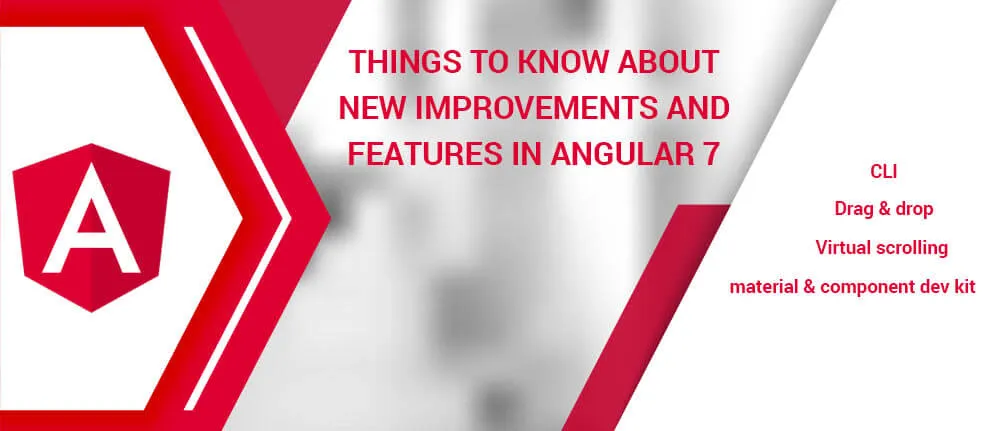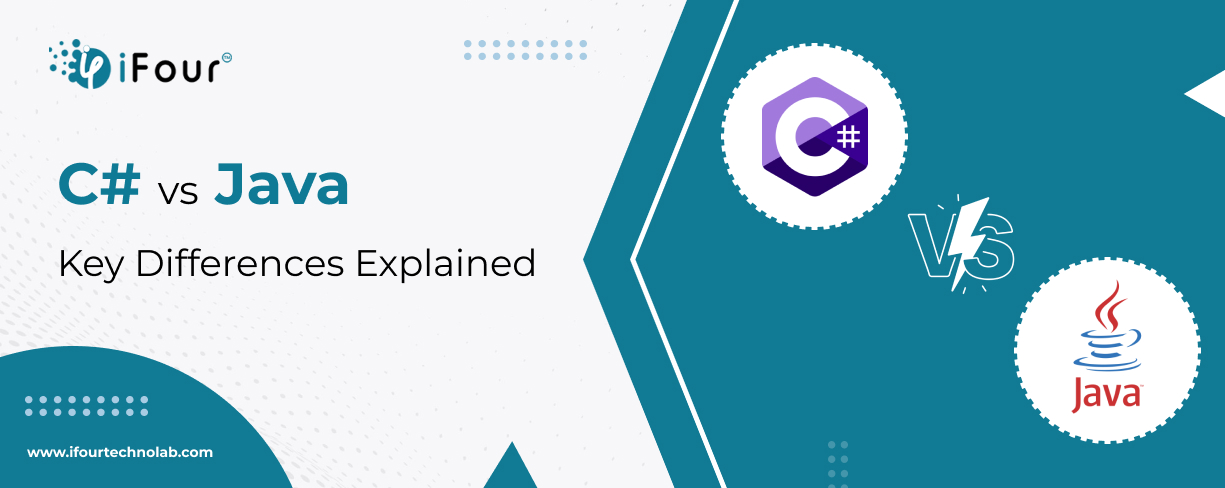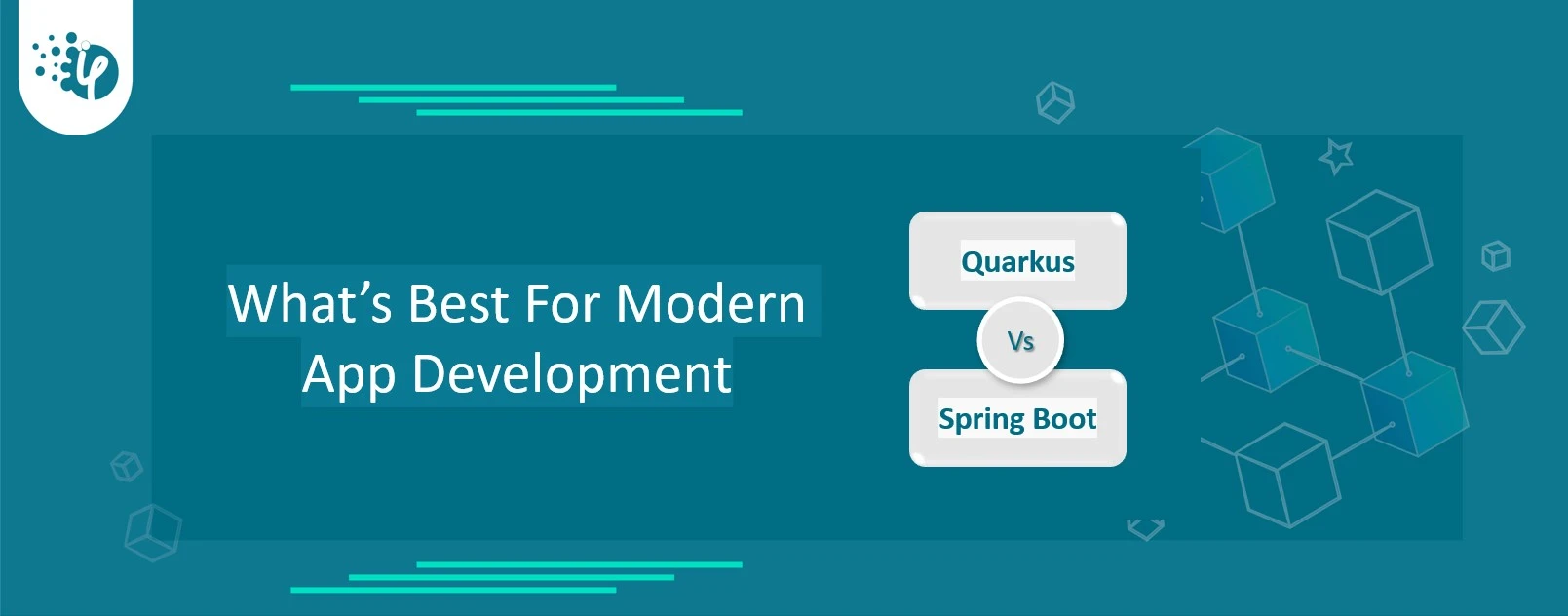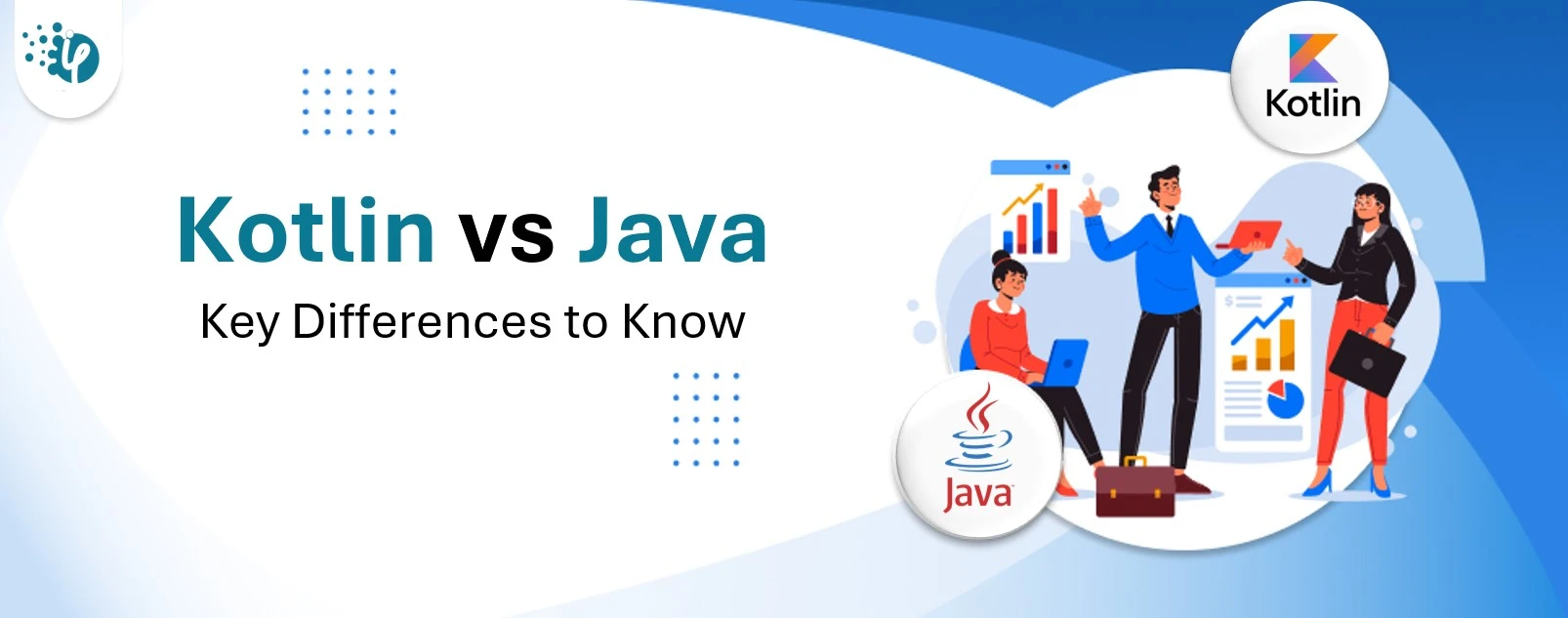C# vs Java: Key Differences Explained
C# and Java remain the popular languages, offering robust functionality, libraries, and a huge developer community. However, both have certain distinctions leading to great confusion...
Listening is fun too.
Straighten your back and cherish with coffee - PLAY !

Angular is one of the most popular frameworks for web application development used in Many Angular software development companies. With the release of Angular 7, it has given more features to web developers which includes the core framework, Angular Material, CLI with synchronized major versions, along with toolchain, and has enabled several major partner launches.
So here in this blog we are highlighting some of its new features announced by the Angular Team.
Angular is a JavaScript framework which is used to build the front-end applications in typescript. It has been around for past 10 years, and since then, it has gone through innumerable upgrades
Angular JS:-The first version of the framework was called AngularJS, which was launched in 2009. Though it was certainly not a perfect framework back then, mainly due to its large bundle size, performance issues, and other technical problems.
Angular 2:-The next version, Angular 2 was written in Typescript, which is a popular, typed superset of JavaScript introduced by Microsoft. The major feature which was added in the Angular 2 was a compiler that was deployed between written code and output shipped to the application.
Angular 4:-The next version, Angular 4 further saw view-engine enhancements and code generation reductions to build an app with less efforts and complexity.
Angular 5:-After that, Angular 5 was released in November 2017, which followed the releases of Angular 2 and Angular 4 closely which were launched in September 2016 and March 2017 respectively.
Angular 6:-Angular version 6 was then released in May 2018 and was mainly focused on toolchain and making it simple to migrate quickly to Angular, instead of focusing on underlying framework.
Angular 7:-Google has finally released the Angular 7 on 18th October 2018.
Though there are not a lot of new updates & features launched in this release, but there are certainly some useful upgrades for Angular front-end developers including improvements to Angular Material and the core framework, CLI with synchronized major versions, and upgrades to the toolchain.
The Angular 7 version has been arrived for the improvements in the Ivy project, which has been going on since past release. The Ivy project is used to rewrite the Angular compiler and runtime code to make it better, faster, and smaller.
Angular 7 gives new features to developers including the core framework, Angular Material, CLI with synchronized major versions, along with toolchain, and has enabled several major partner launches.
Now, without any further ado, let’s dive into discussing the new features of Angular 7 one-by-one, and see how each of them improve the frontend development process for the better.
1. CLI Prompts:-CLI prompts in Angular 7 have been updated to v7.0.2 with new features. Now while giving commands like @angular/material, ng-new, and ng-add help developers to discover the in-built SCSS support, routing, and more.
CLI prompts, in addition, have been added to Schematics, so that all package publishing schematics can now benefit from CLI prompts.
2. Angular Material & Component Dev-KIT(CDK): Angular 7 introduced few visual updates & improvements in Material Design that earlier received a major update this year only.
Other features such as, refresh, virtual scrolling, large lists of data, dynamic loading and unloading of parts of the DOM also were the part of improvements in CDK and Angular Material.
Now Angular 7 applications includes drag-and-drop functionality by either importing ScrollingModule or DragDropModule.
3. Drag & Drop:- Drag-drop module provides a way to easily create drag & drop interfaces, which is backed by sorting within a list, support for free dragging, animations, custom drag handlers, transferring items between lists, previews for objects and also used as placeholders.
In simple terms, the Drag-and-Drop support has now been implemented in CDK and it also includes automatic rendering as the users relocates items.
4. Virtual Scrolling:- It is basically used to loads and unloads items from the DOM depending upon visible parts of lists, resulting into a much faster experiences for users having huge scrollable lists.
Virtual Scrolling basically provides tools which react to all scroll events.
Simply put, it activates a high-performant way by making the height of container element exactly same as the height of total number of remaining elements to be rendered.
This, in turn, then renders the only visible items in view, creating faster experiences for the end-users.
5. Application performance improvements:- In Angular 7, Google intensively focused on the new features and application-improvements because most of the developers were using reflect-metadata in their production, which actually was only required in the development.
So, to fix this problem, they’ve made a part of Angular 7 to automatically remove this from the polyfills.ts file.
6. Upgrading Requirements:- The Upgrading process is really simple now. For most Angular apps out there that are running on Angular 6 and RxJS 6, you only need to run a single command stated below to upgrade to Angular 7.
If the developer is using Angular-Material previously then it can be updated by the following command:-
Encapsulating all the above features, Angular 7 looks like a much more accessible and focused solution on the modern technological trends and for Angular software development Companies, the added features like bitcoin mining, Virtual scrolling, drag-drop, Angular material and many more, still no word on Ivy in a current version.

C# and Java remain the popular languages, offering robust functionality, libraries, and a huge developer community. However, both have certain distinctions leading to great confusion...

Spring Boot has long been a popular choice for developing custom Java applications. This is owing to its comprehensive features, impeccable security, and established ecosystem. Since...

Choosing the right programming language becomes crucial as it greatly influences the success of a software development project. When it comes to selecting the best programming language...